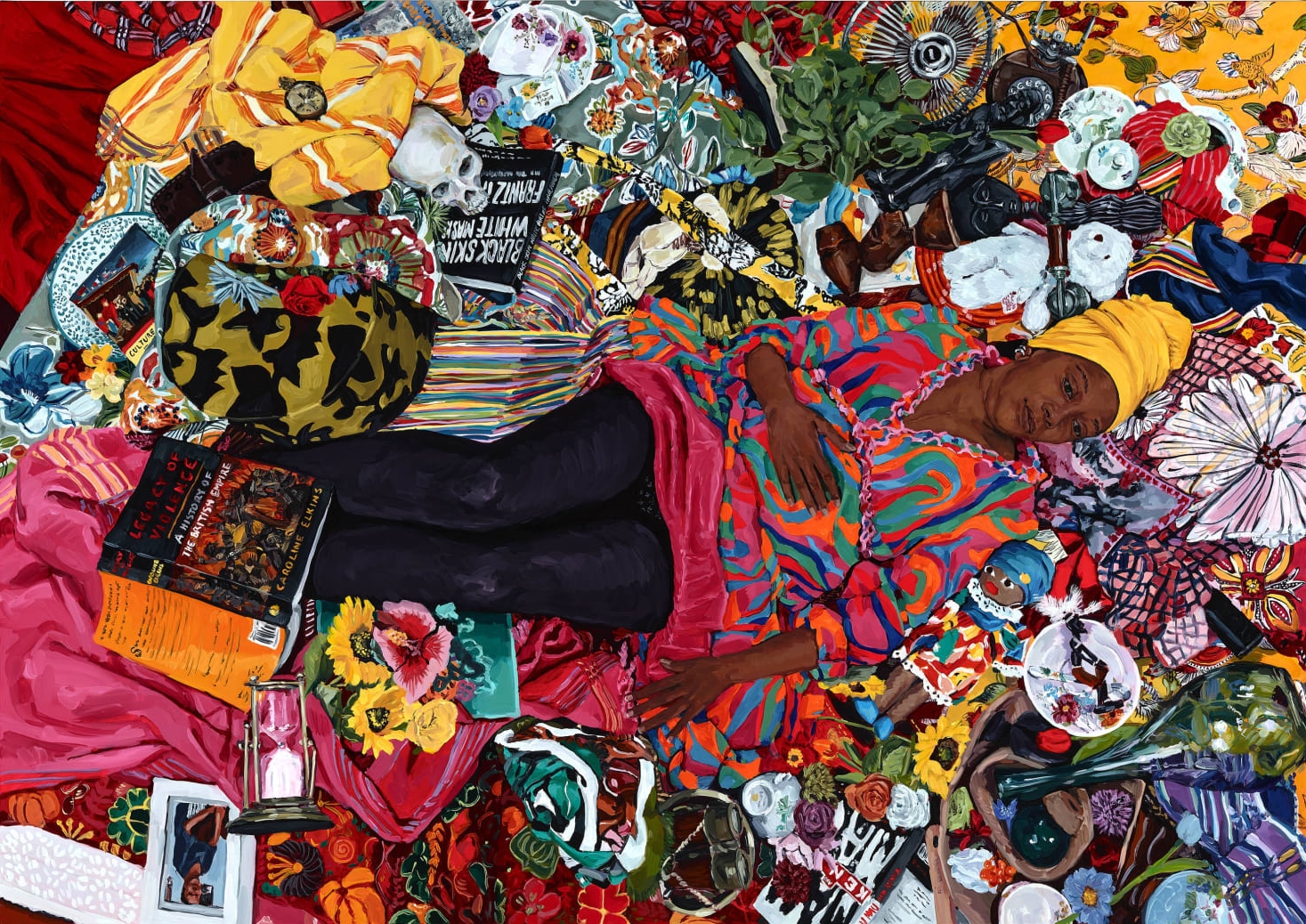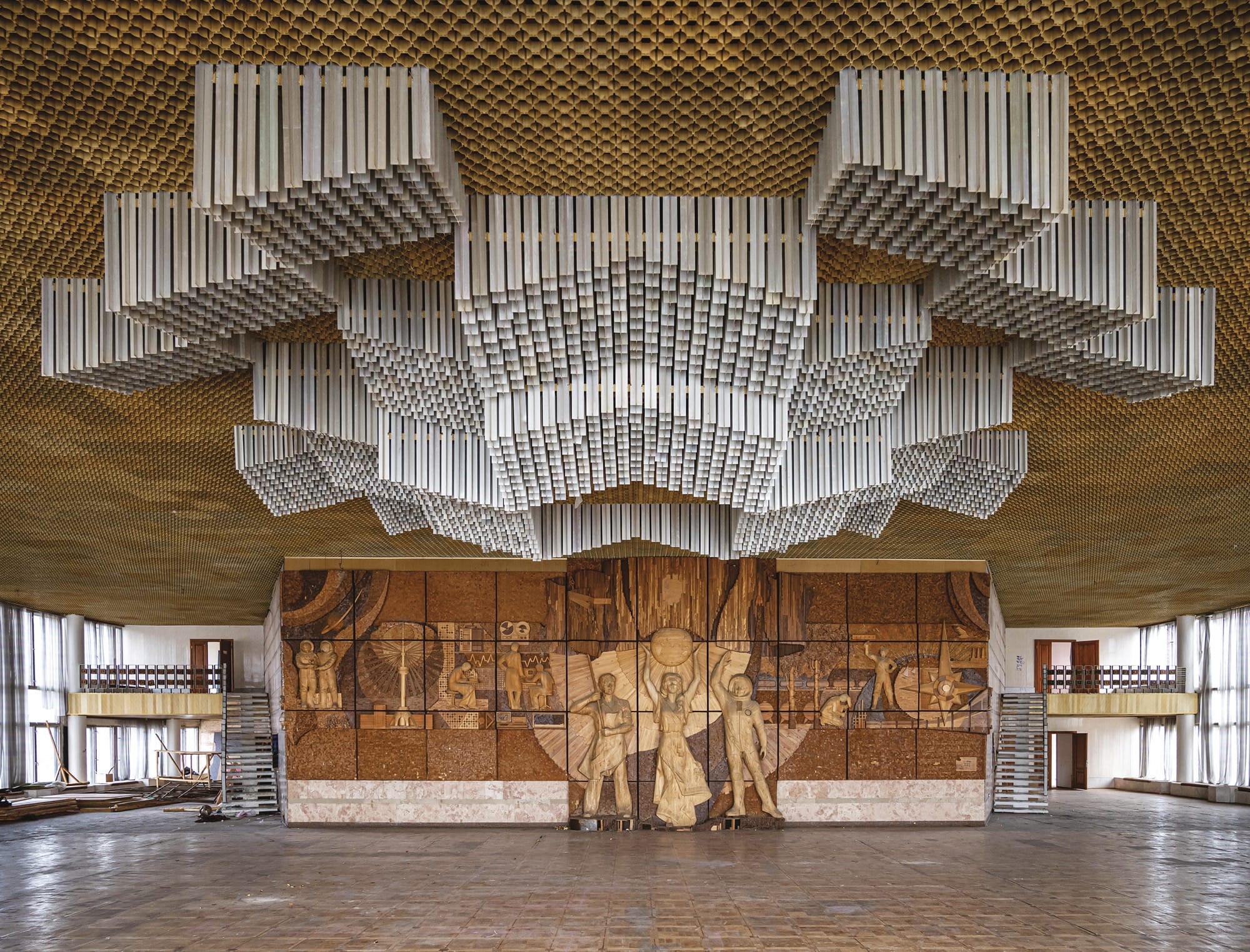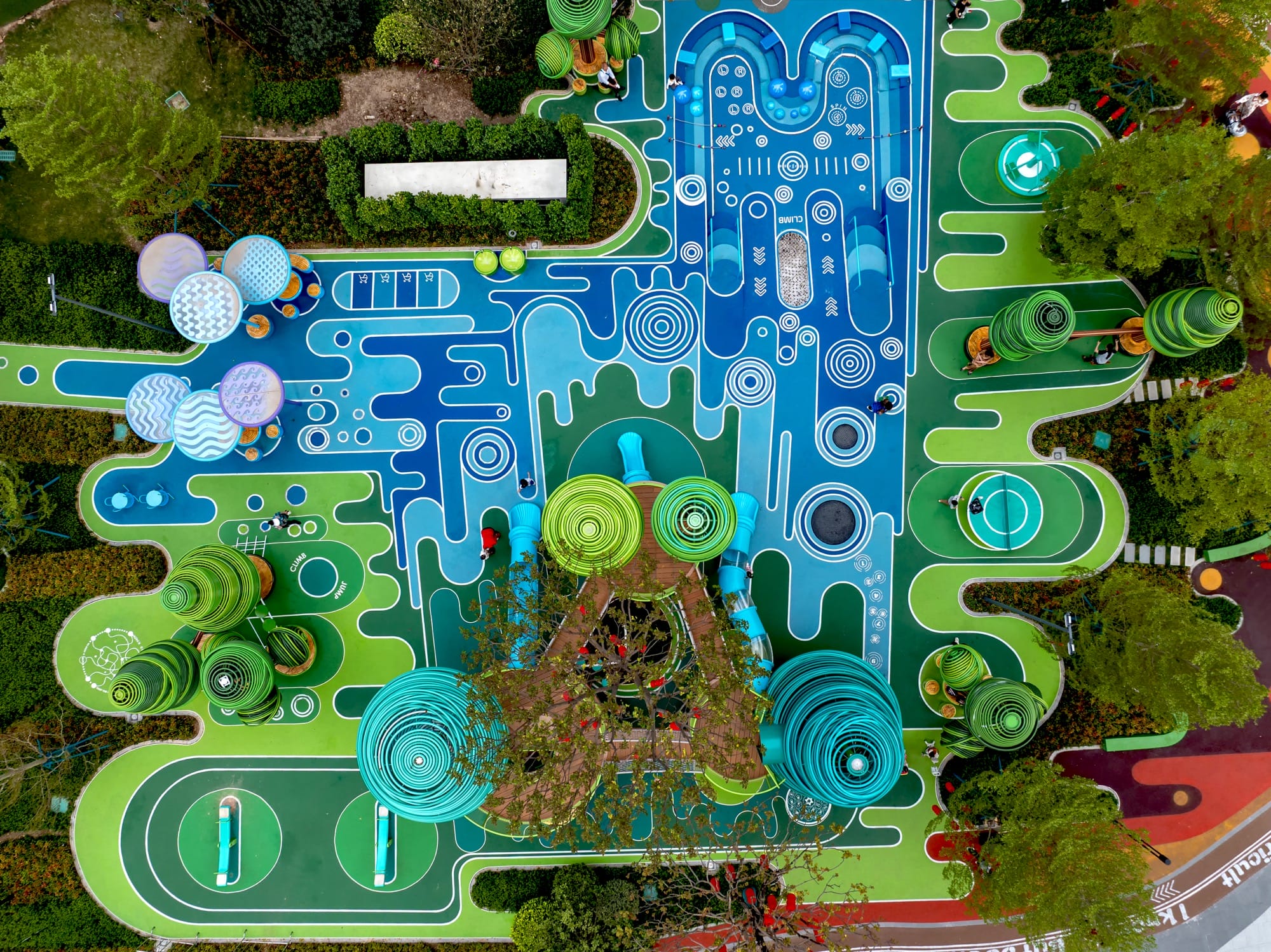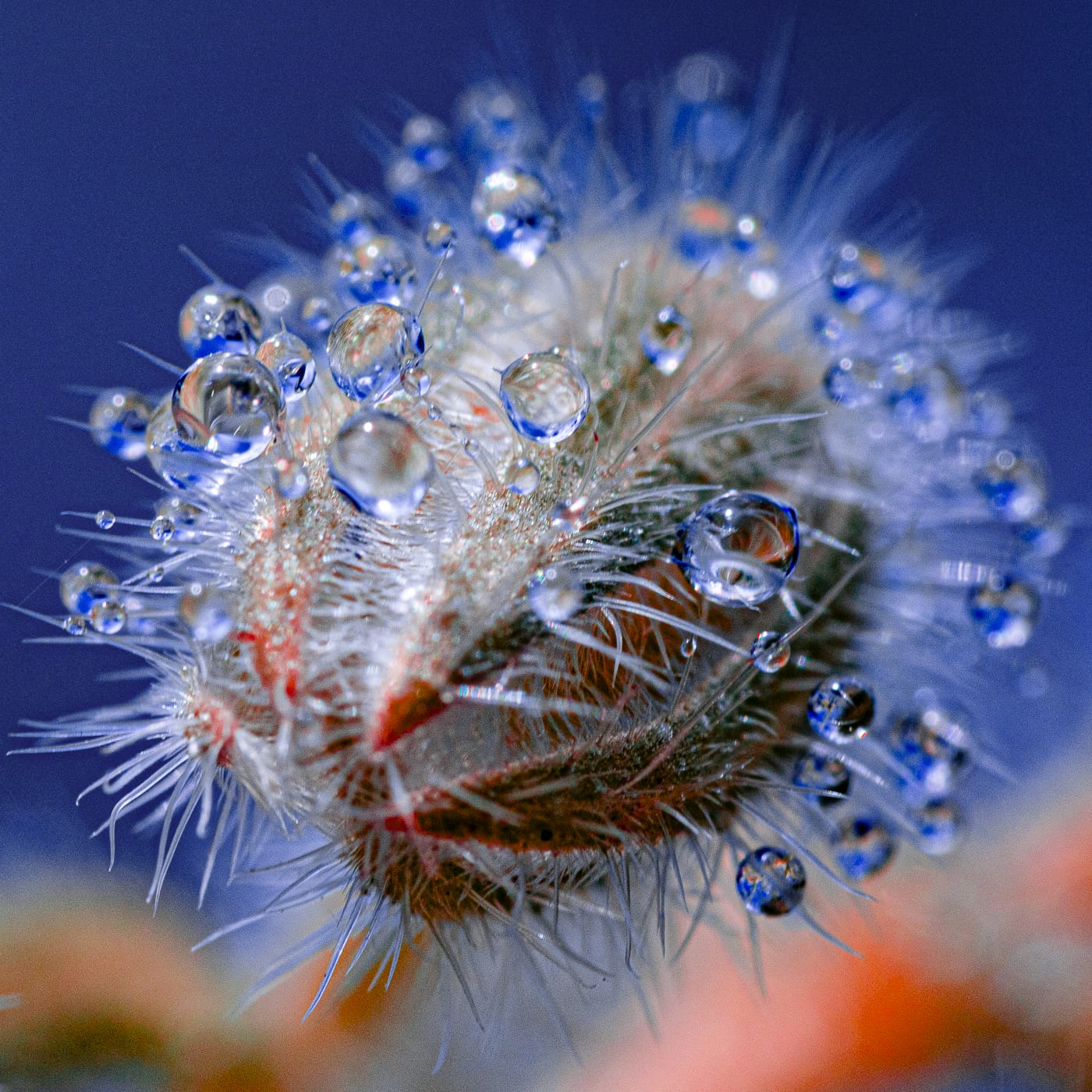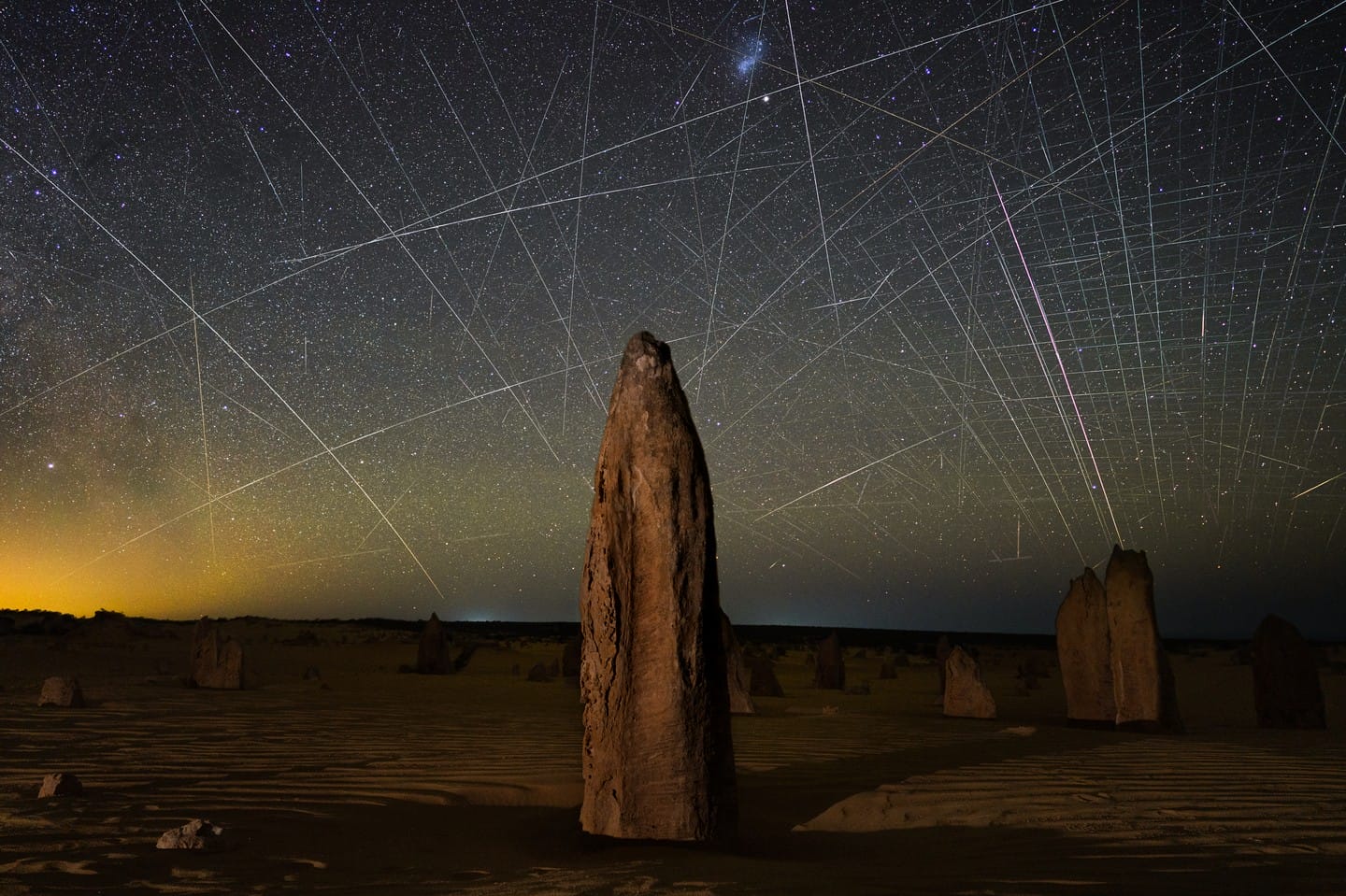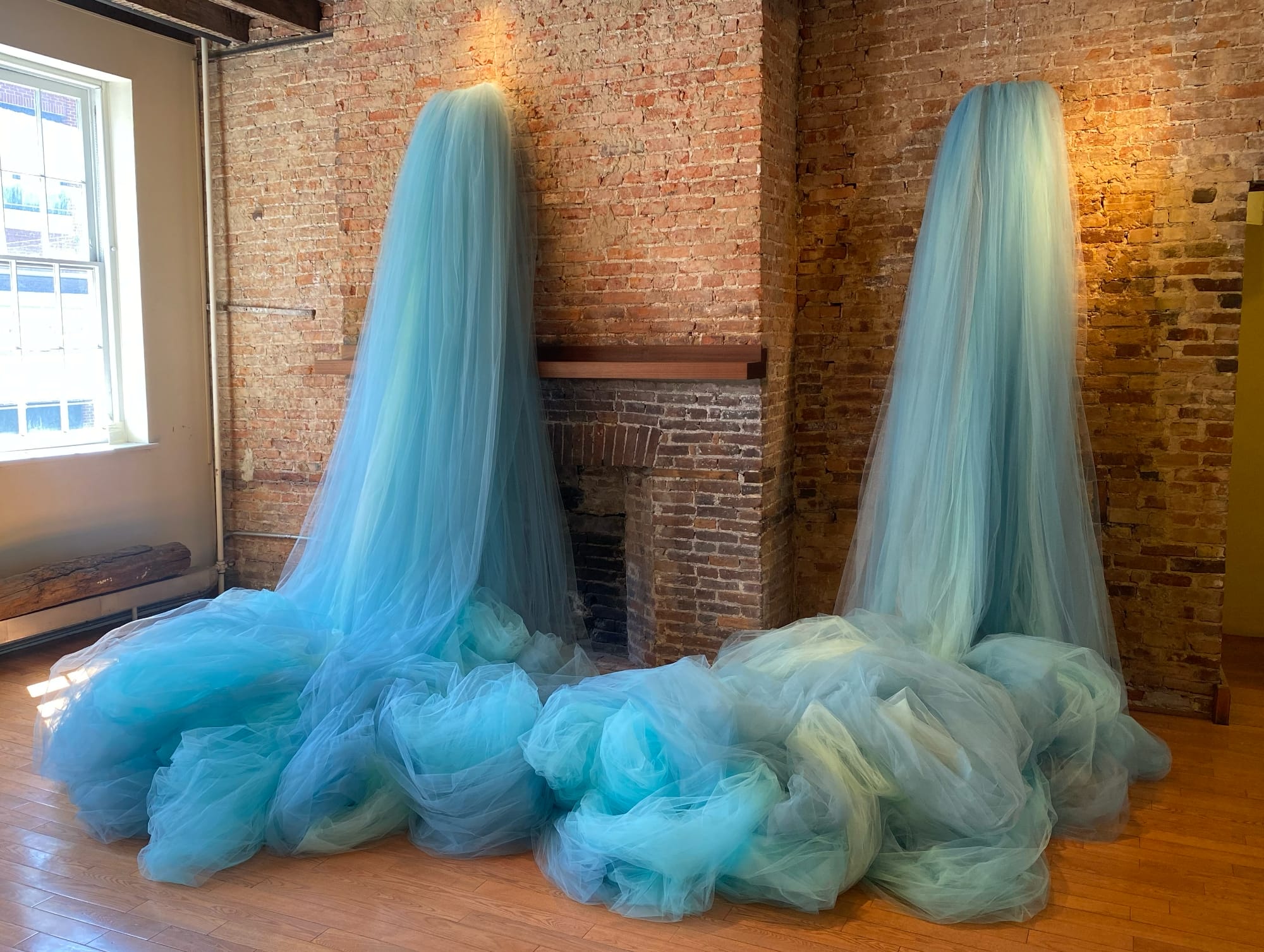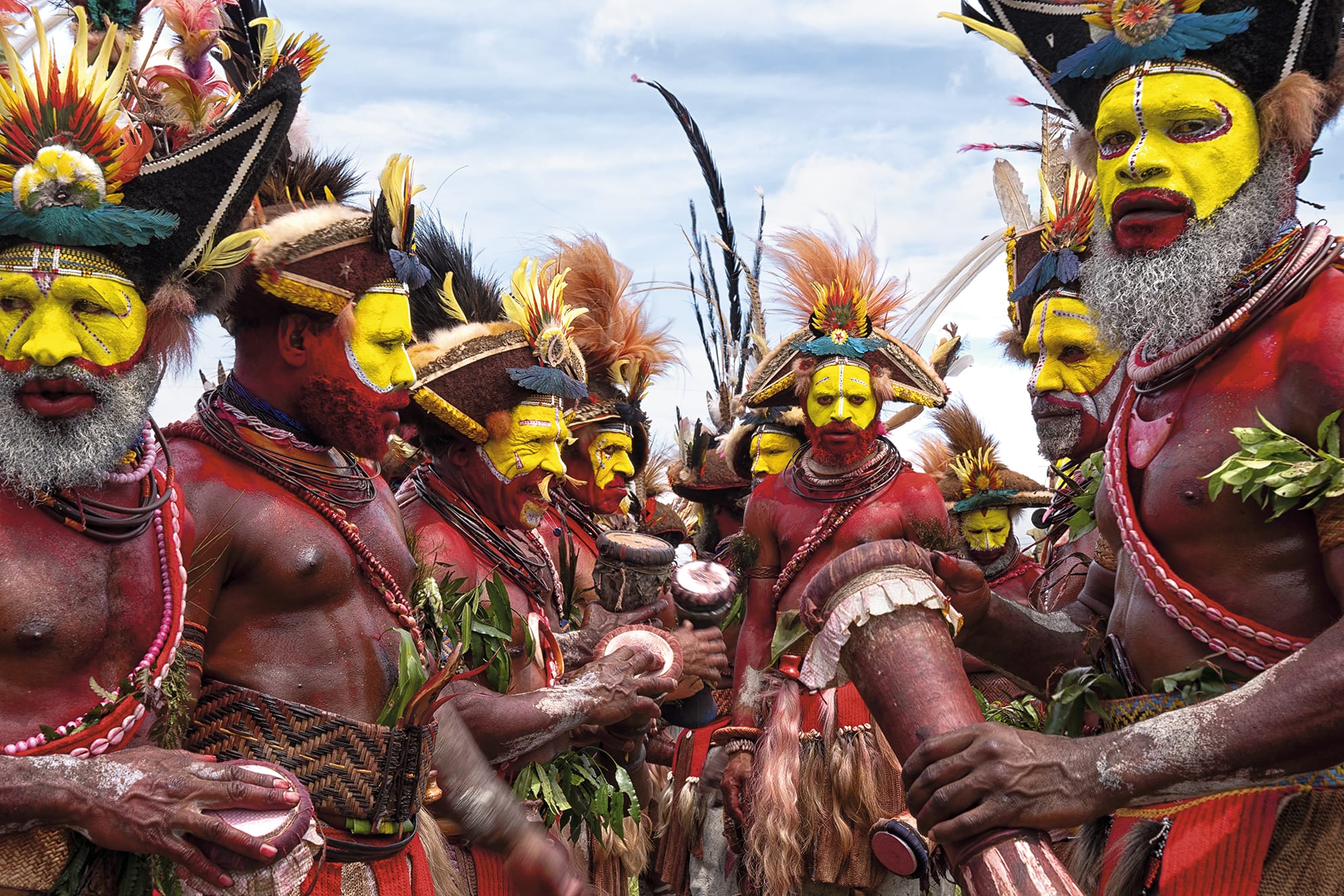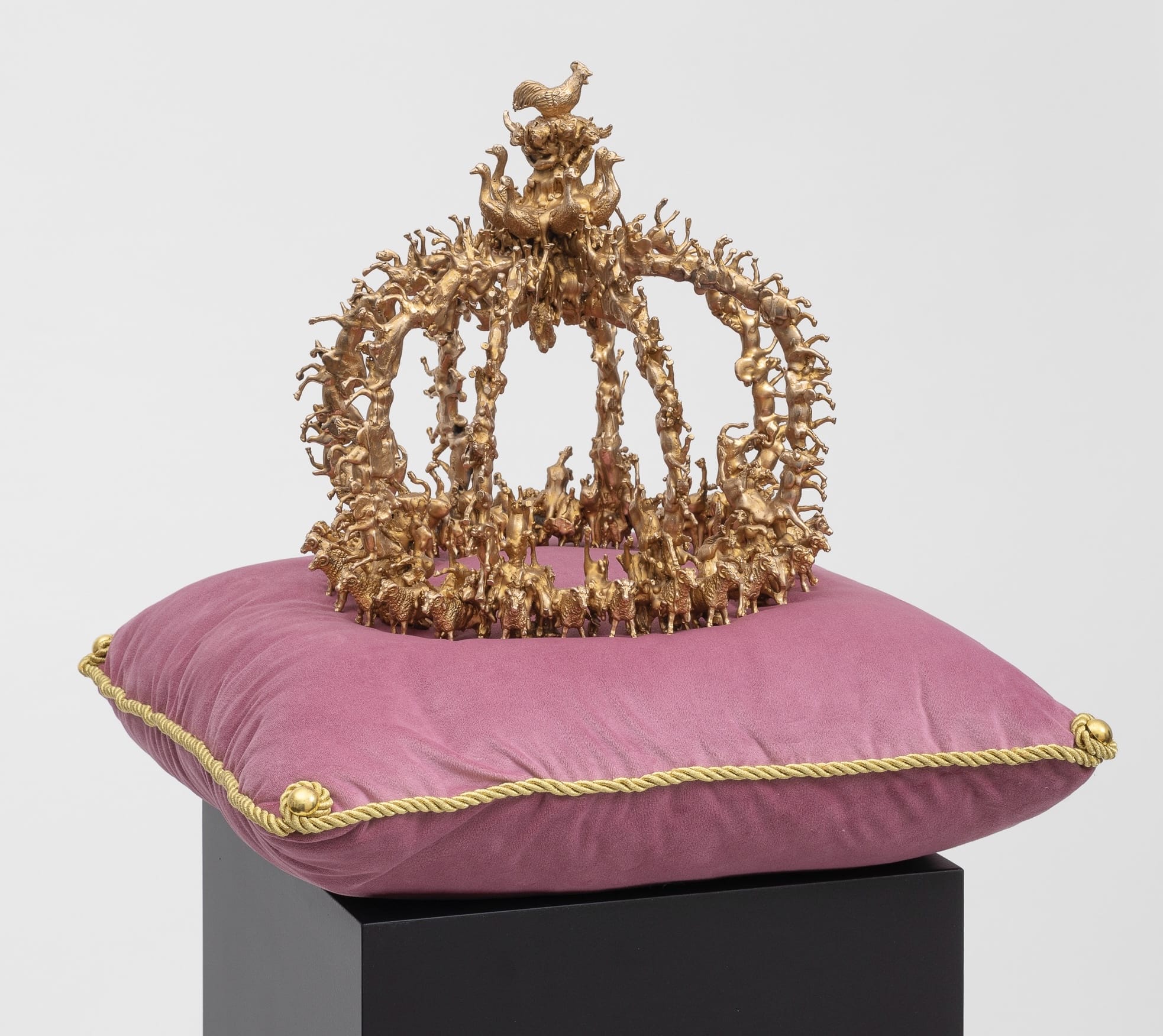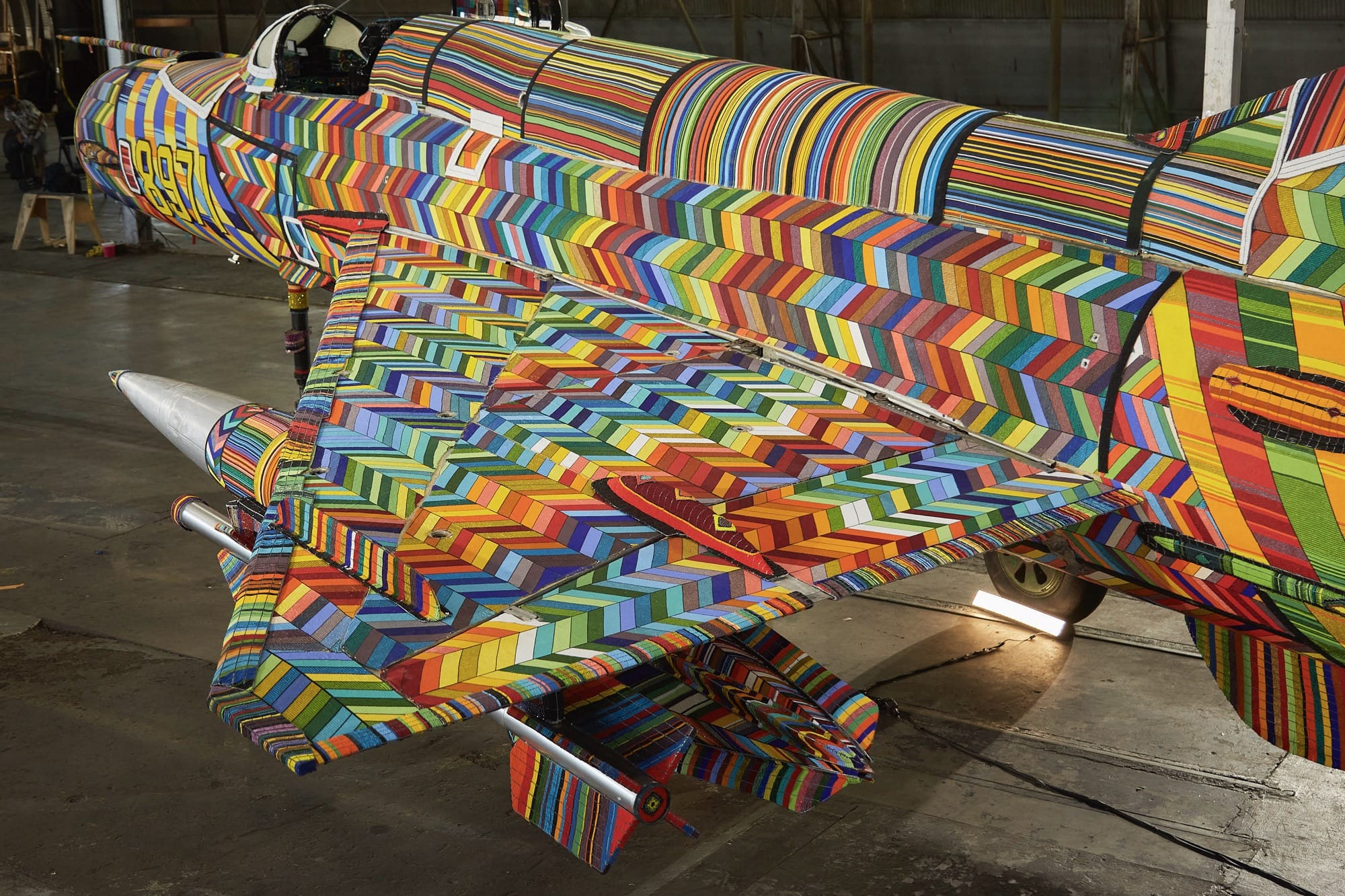This week marks the beginning of Chicago’s art world Olympics as the largest fair returns to Navy Pier. From April 24 to 27, EXPO CHICAGO will host hundreds of galleries, site-specific projects, talks, and multi-disciplinary programming both downtown and across the city.
To help you navigate, we’re sharing the artworks we’re most looking forward to seeing. And, if you haven’t gotten your tickets yet, use the code COLOSSAL25 for $5 off.
1. Wangari Mathenge with Pippy Houldsworth Gallery (London)
The Chicago-based, Kenyan artist will present a collection of vivid new paintings that speak to the immense amount of information generated through her intensive research process. Surrounded by books, plants, and brightly patterned East African Kanga fabrics, Mathenge’s figures lounge among objects that transcend colonial narratives.

2. Ilhwa Kim, Gordon Cheung, and Zheng Lu with HOFA (London)
We’ve long been enamored by Kim’s roving, rolled-paper compositions that delineate dense pathways through broader expanses. Her dynamic works will be on view alongside Cheung’s decadent paintings and Lu’s stainless steel splashes.

3. Florence Solis with The Mission Projects (Chicago)
Beginning with digital collage before moving to acrylic and canvas, Solis renders ethereal portraits of women infused with Filipino folklore. Delicate leaves and flowers entwine with coiled hair, while veils shroud the figures in luminous coverings, binding each with a protective, yet restrictive layer.

4. Suntai Yoo with Galerie Gaia (Seoul)
Fragmented, surrealist landscapes figure prominently in Yoo’s paintings, which frequently pair common objects like books, bicycles, and apples with Korean letters. The artist is particularly interested in metaphor and how distinct items interact to create meaning.

5. Desmond Beach with Richard Beavers Gallery (Brooklyn)
Mixing digital painting with patchwork quilts, Beach creates bold, forward-looking portraits. The Baltimore-born artist invokes the ways that trauma can be harnessed for resistance and collective solidarity.

6. Jimmy Beauquesne with Fragment (New York)
Nested inside hand-cut metallic frames, Beauquesne’s colored-pencil works imagine a dreamy, apocalyptic world that drips with fantastic details. The nine pieces form a narrative of humanity’s transformation sparked by phantasmagorical change.
